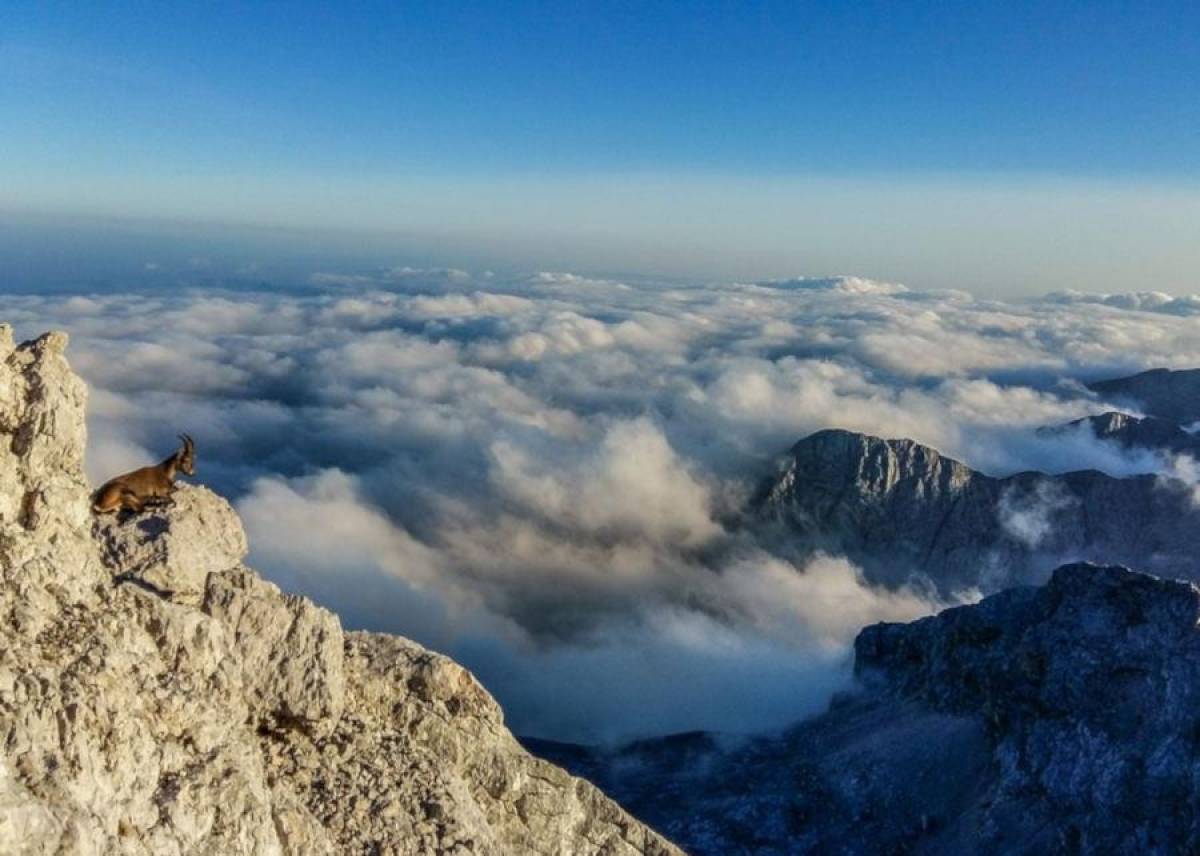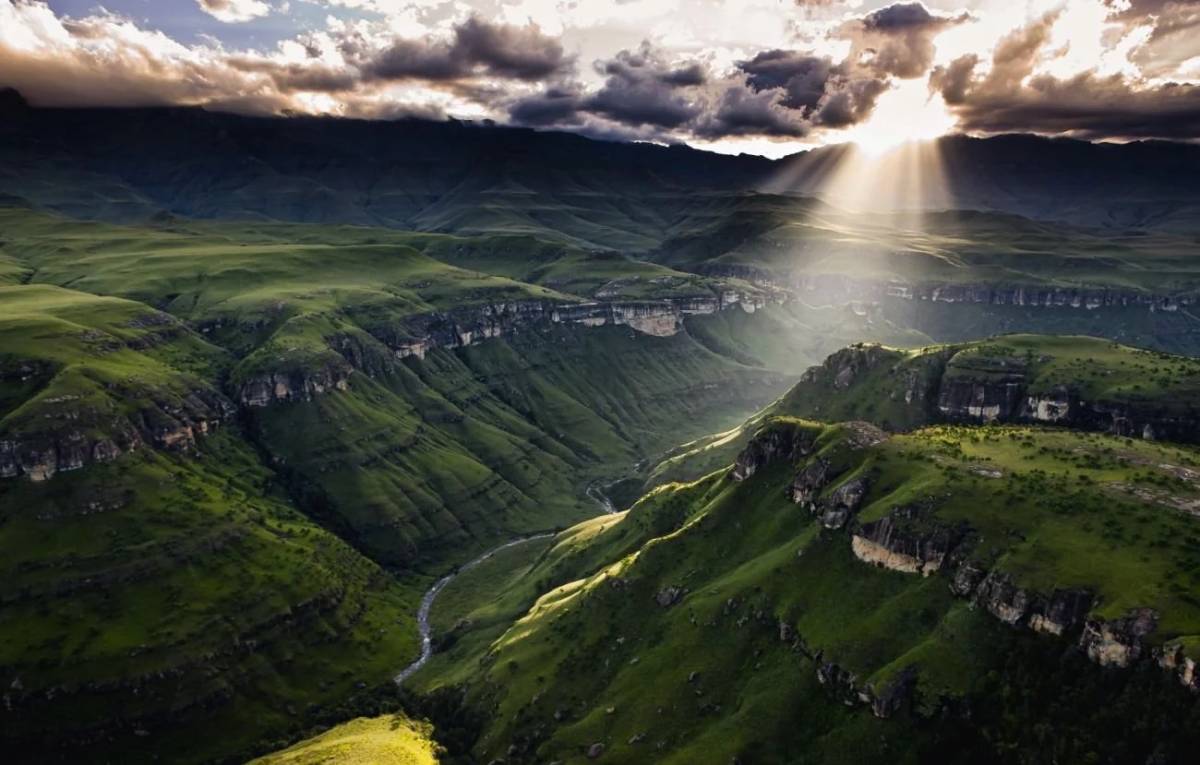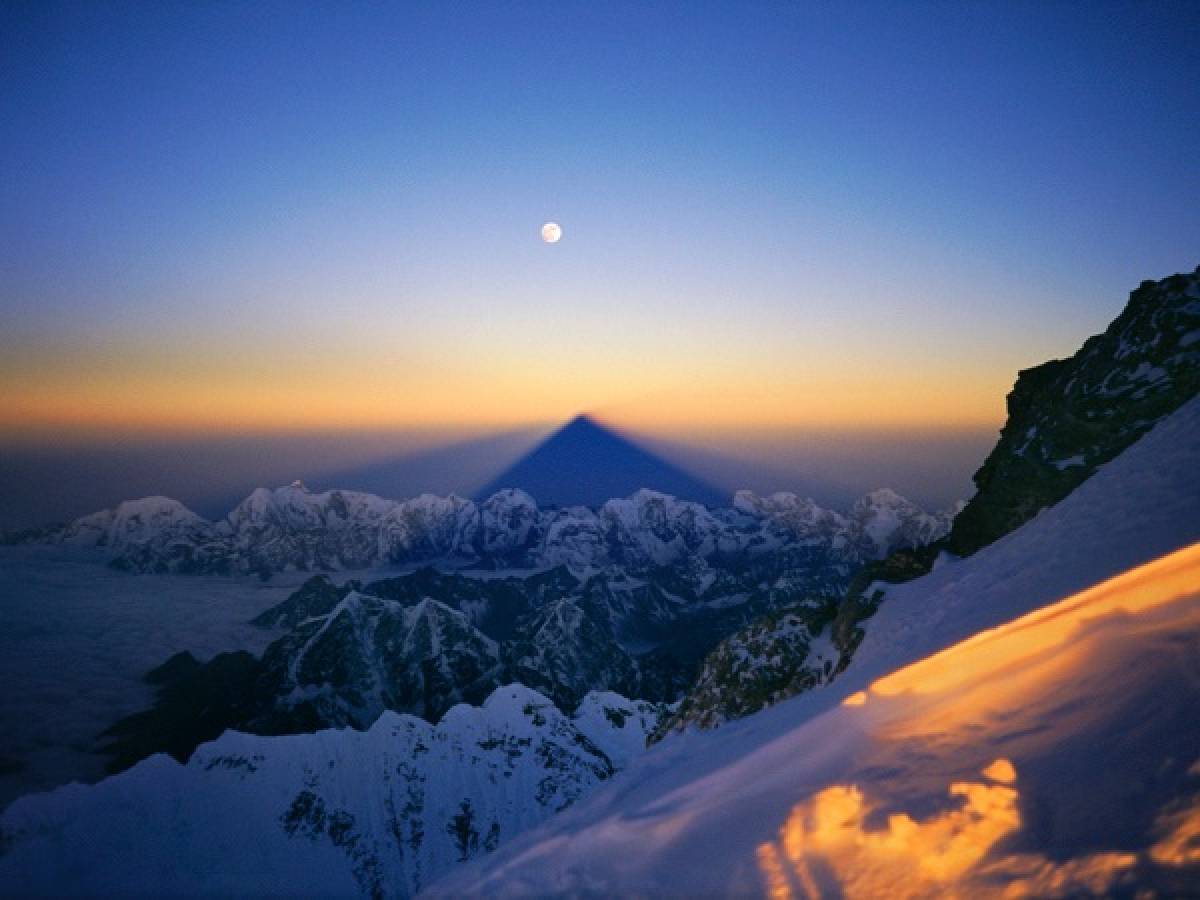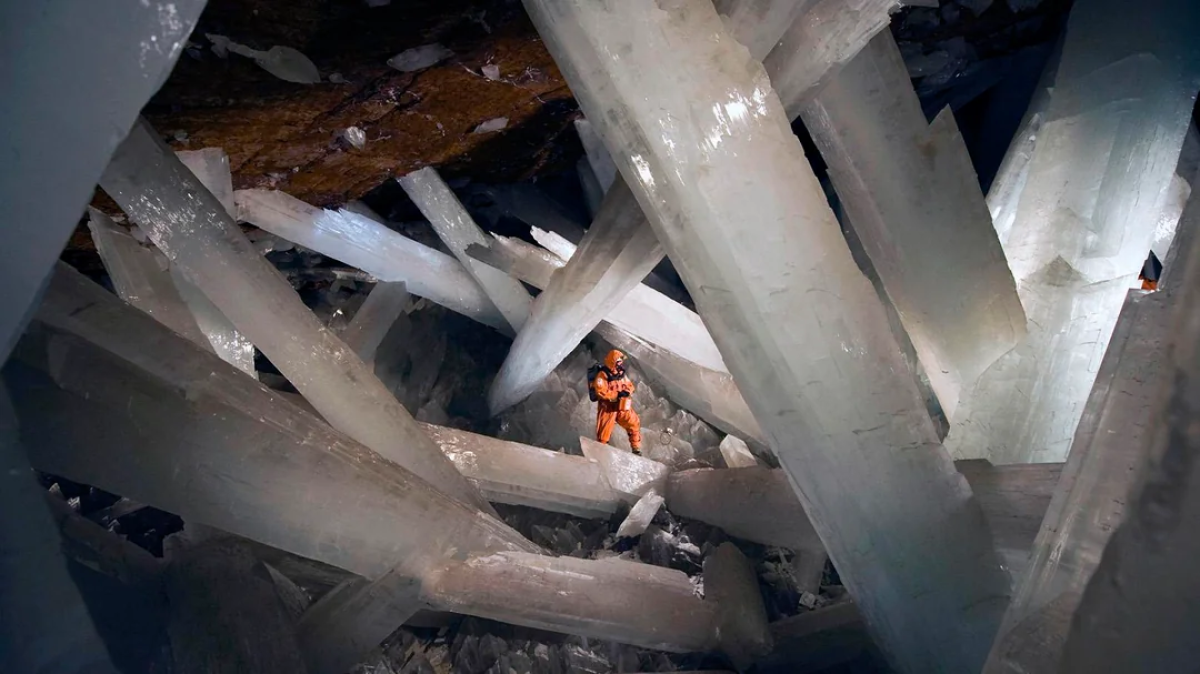Underwater Giants
We often think of Mount Everest as the tallest mountain in the world, but did you know that the highest peak is actually underwater? Mauna Kea in Hawaii, when measured from its base on the ocean floor, stands at over 10,200 meters, surpassing Everest. This underwater giant reminds us that the Earth holds many hidden treasures beneath its waves.
Hidden Ecosystems
Mount Roraima, located at the border of Venezuela, Brazil, and Guyana, is nicknamed the "Lost World" because of its isolated plateau. This unique ecosystem is home to plants and animals found nowhere else on Earth. The isolation of these peaks allows for the evolution of unique species, making it a biodiversity treasure.
Living Mountains
The Andes, the longest continental mountain range in the world, stretch approximately 7,000 kilometers along the west coast of South America. These mountains are still growing due to tectonic activity. It's fascinating to think that these colossal structures are always in motion, constantly evolving and shaping the continent.
Sacred Peaks
Mount Kailash in Tibet is considered sacred in four religions: Hinduism, Buddhism, Jainism, and Bon. Pilgrims believe that walking around the mountain brings good fortune. This sacred peak is not only a geological wonder but also a significant cultural and spiritual symbol for millions of people.
Extreme Weather
Mount Washington in New Hampshire, USA, holds the record for the highest wind speed ever recorded on land, at 372 km/h in 1934. The extreme weather conditions on this mountain make it a natural laboratory for studying atmospheric dynamics.
![ESI [Été]](/build/assets/images/logo_esi-summer.cbe060df..png)





